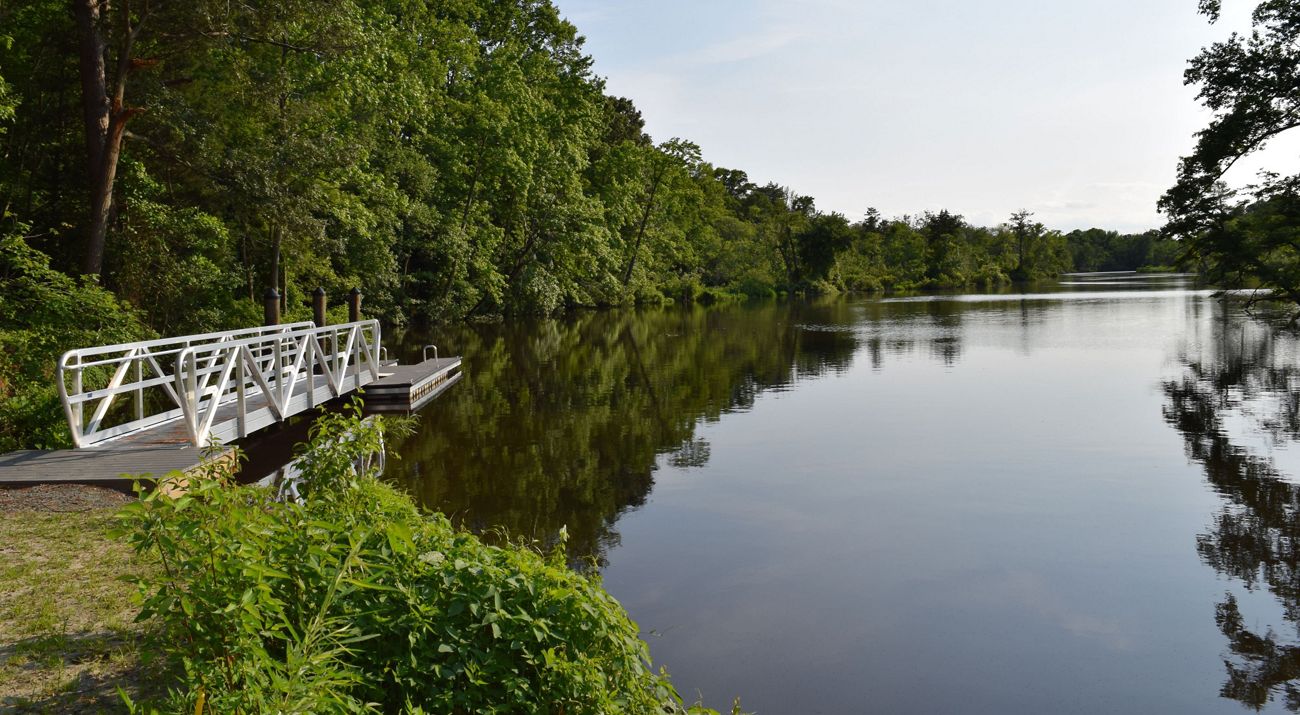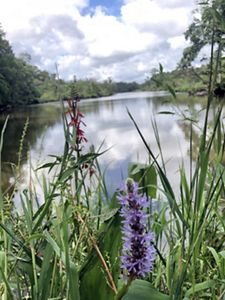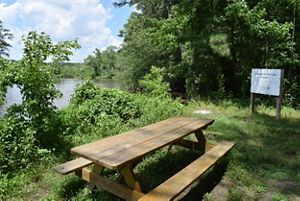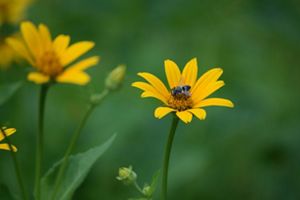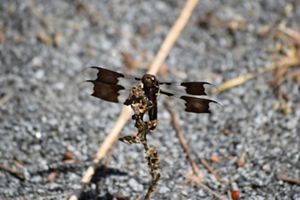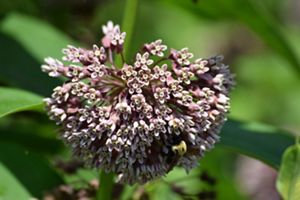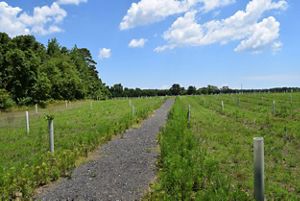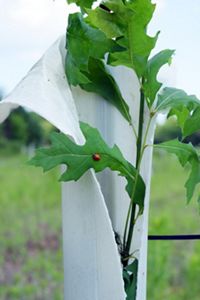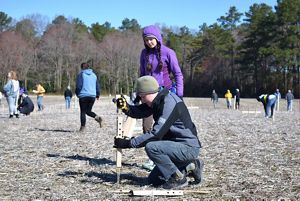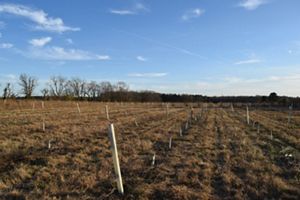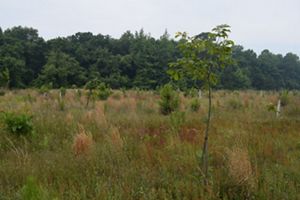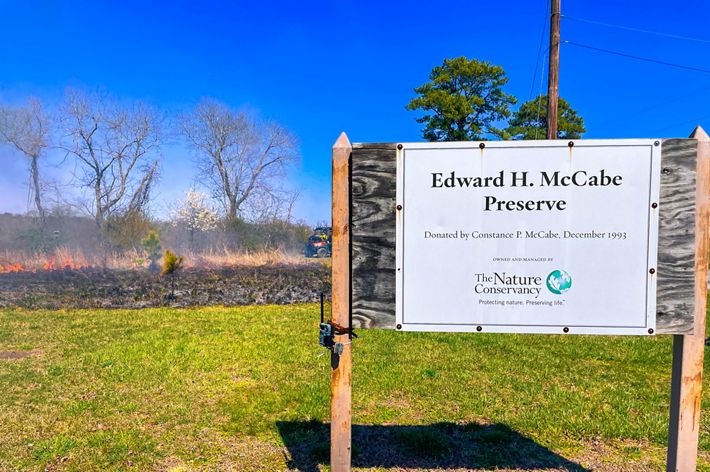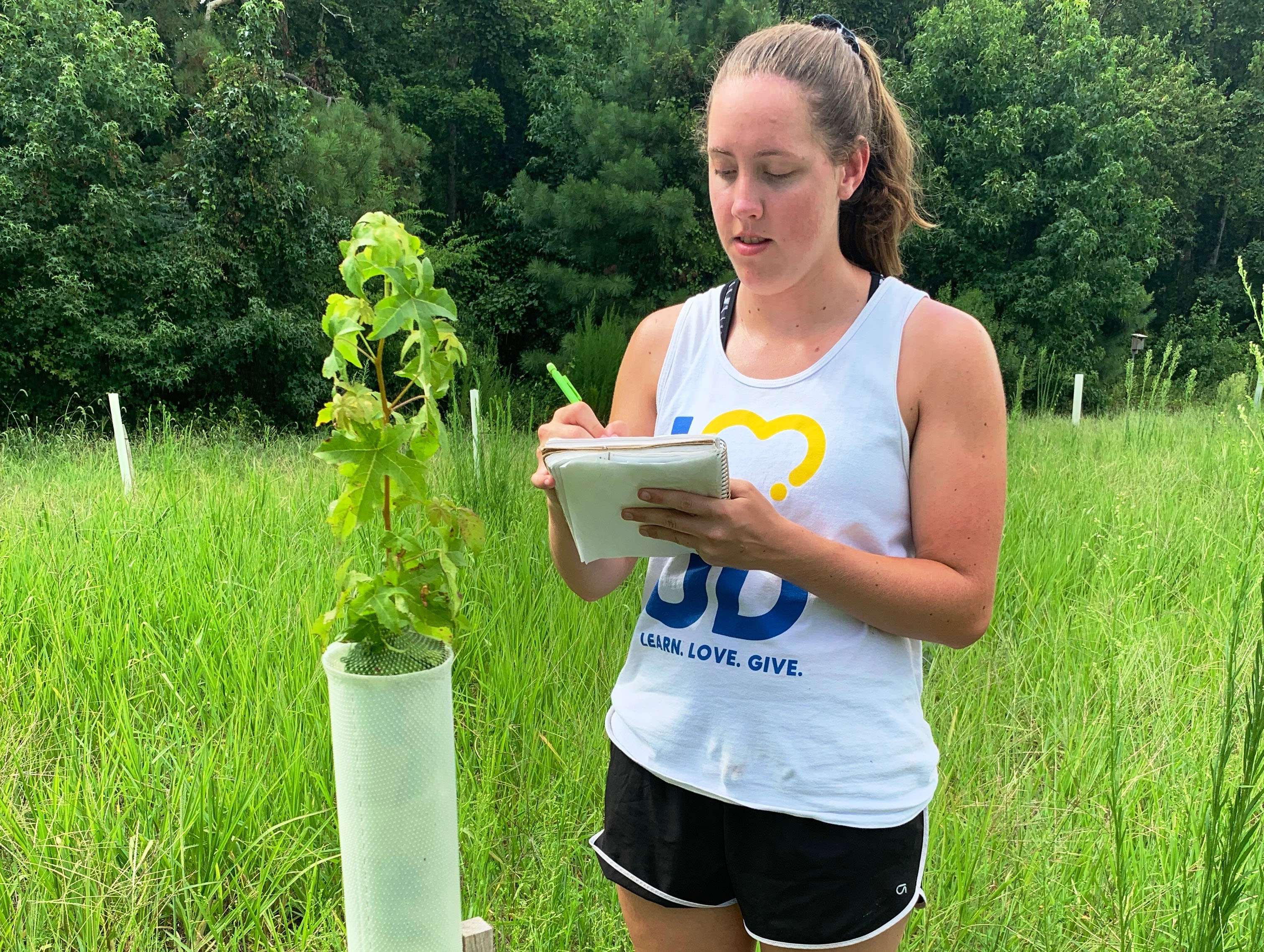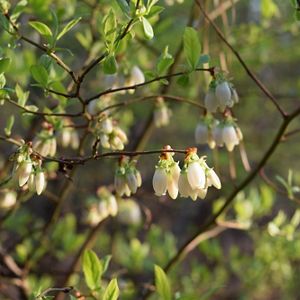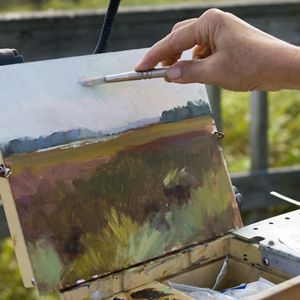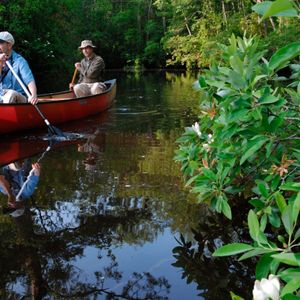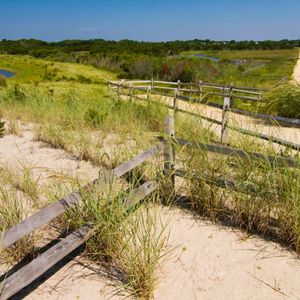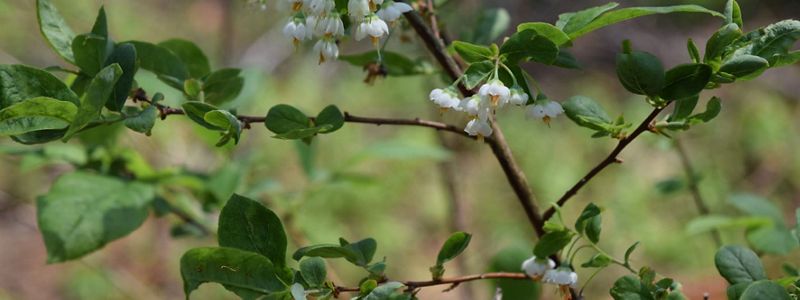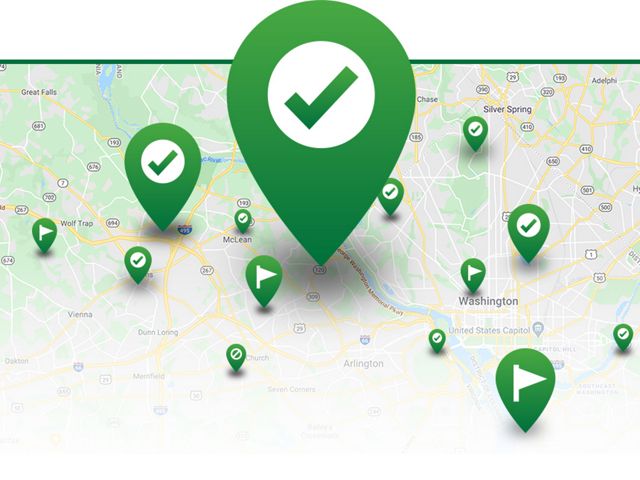Description
Donated to The Nature Conservancy in 1993 by Constance McCabe, the Edward H. McCabe Nature Preserve is TNC's most-visited public preserve in Delaware. It features a wide range of habitats found along the Broadkill River that harbor diverse plants and animals within a small area of the Delmarva Peninsula.
When Constance McCabe donated her family’s land to TNC, about 25% of the land was used for farming. Material dredged from the river channel had also been deposited in a five-acre clearing located on the property. Today, TNC manages the preserve as a natural area that is open for controlled public use.
Leashed dogs are allowed at the McCabe Preserve. Please be sure to bring waste bags to clean up after your dog and take your trash with you. Ticks can be found at McCabe in large numbers from the early spring to late fall—always check yourself and your dogs for ticks after being outdoors. Staying on the trail can help reduce exposure to ticks.
